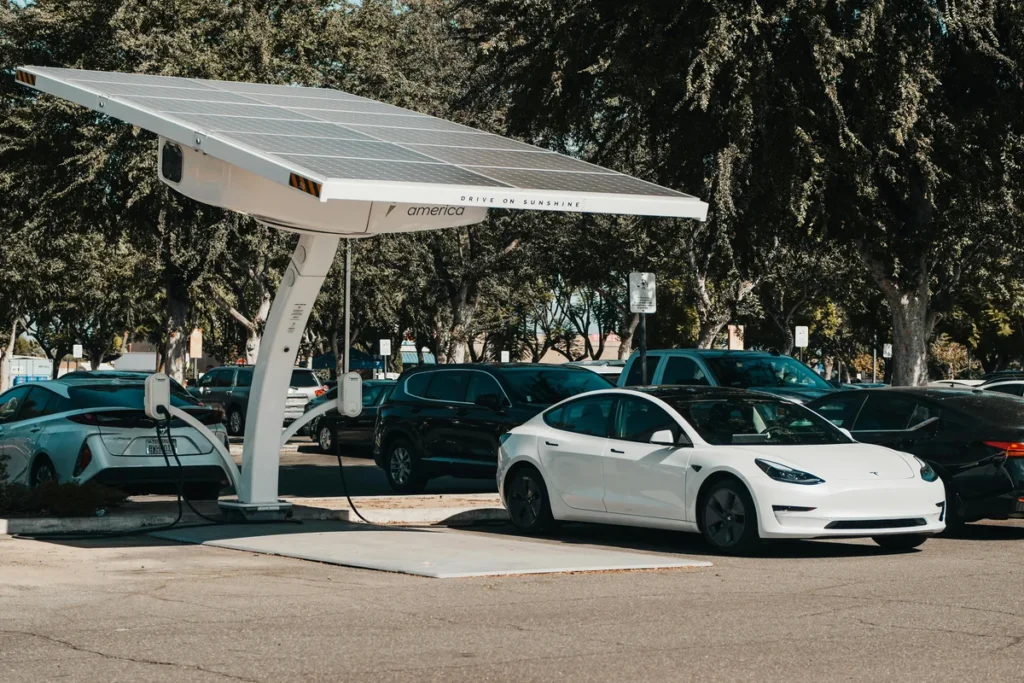Are Electric Cars Cheaper to Maintain Than Gasoline Cars?

What Does Vehicle Maintenance Include?
Vehicle maintenance refers to all the services and repairs necessary to keep a car running efficiently and safely. This includes oil changes, brake replacements, tire rotations, battery inspections, and more…
Why Maintenance Costs Matter
Owning a car isn’t just about the purchase price. Long-term costs like maintenance and repairs significantly impact affordability. Lower maintenance expenses mean more savings for the owner over time.
Key Components of Gasoline Car Maintenance
Engine and Transmission
Gasoline cars require frequent checkups on their internal combustion engines (ICE) and transmissions, which are complex and involve many moving parts.
Oil Changes and Fluid Replacements
One of the most frequent maintenance tasks for gas cars is changing the engine oil and replacing various fluids such as coolant, transmission fluid, and power steering fluid.
Exhaust System Repairs
The exhaust system, including the catalytic converter and muffler, is prone to wear and tear, requiring expensive replacements over time.
Brake System Maintenance
Traditional brake pads and rotors wear out faster in gas cars due to constant friction-based braking.
Fuel System Repairs
Fuel injectors, pumps, and filters require periodic maintenance, adding to the overall cost of owning a gasoline car.
Key Components of Electric Car Maintenance
Electric Motor and Battery Maintenance
Unlike gasoline engines, electric motors have fewer moving parts, reducing the likelihood of mechanical failure. The battery, however, is a crucial and expensive component that requires proper care.
Regenerative Braking System
EVs use regenerative braking, which reduces wear on brake pads and extends their lifespan.
Software Updates
EVs rely heavily on software for optimal performance. Manufacturers often provide over-the-air (OTA) updates, eliminating the need for frequent physical maintenance.
Charging System and Infrastructure
Maintaining a home charging station is usually the only additional cost EV owners face, but public charging networks may also require periodic checkups.
Cost Comparison: Electric vs. Gasoline Cars
Routine Maintenance Costs
EVs generally have lower routine maintenance costs. They don’t require oil changes, and their brake systems last longer due to regenerative braking.
Long-Term Cost Analysis
While EV batteries are expensive, they last a long time. Many manufacturers offer warranties covering battery replacements for up to 8-10 years.
Unexpected Repairs and Their Impact
Gasoline cars are more prone to expensive mechanical breakdowns. In contrast, EVs have fewer parts that can fail unexpectedly, reducing the chances of major repair costs.
Longevity and Reliability of EVs vs. Gas Cars
Lifespan of EV Batteries vs. Gas Engines
While gasoline engines wear out over time, EV batteries are designed to last hundreds of thousands of miles. Most EVs can travel well over 200,000 miles before needing a battery replacement.
Wear and Tear on Components
Gas-powered cars have more components susceptible to wear and tear, whereas EVs experience less mechanical stress.
Environmental and Economic Benefits of EV Maintenance
Lower Carbon Footprint
Since EVs require fewer fluid changes and produce no emissions, their maintenance is more environmentally friendly than gas cars.
Reduction in Operating Costs
The reduced need for repairs and maintenance means that, in the long run, EVs can save thousands of dollars compared to gasoline cars.
Common Myths About EV Maintenance
Do EVs Have Hidden Costs?
Many people believe EVs come with hidden maintenance costs, but studies show they are significantly cheaper to maintain than gas-powered vehicles.
Is Battery Replacement Too Expensive?
While battery replacements are costly, most EV owners never need one during their car’s lifetime, thanks to technological improvements and long-term warranties.
Conclusion
Electric vehicles are, without a doubt, cheaper to maintain than gasoline cars. With fewer moving parts, no need for oil changes, and a longer lifespan for crucial components, EVs offer a more cost-effective solution in the long run. While battery replacement is a significant expense, it is often covered under warranty and becomes more affordable with time. Overall, switching to an EV can save drivers thousands of dollars on maintenance over the vehicle’s lifetime.
FAQs
1. How much cheaper is it to maintain an EV compared to a gas car?
EVs can save owners 40-60% on maintenance costs compared to gasoline cars over their lifetime.
2. Do electric cars require oil changes?
No, EVs do not have internal combustion engines, so they do not require oil changes.
3. How long do EV batteries last?
Most EV batteries last between 10-15 years or around 200,000+ miles before significant degradation.
4. Are EV repairs more expensive than gas cars?
Generally, EV repairs are less frequent but can be costly if the battery or electronic components fail.
5. Do electric cars need transmission maintenance?
EVs have a single-speed transmission that requires little to no maintenance compared to traditional multi-speed transmissions in gasoline cars.
